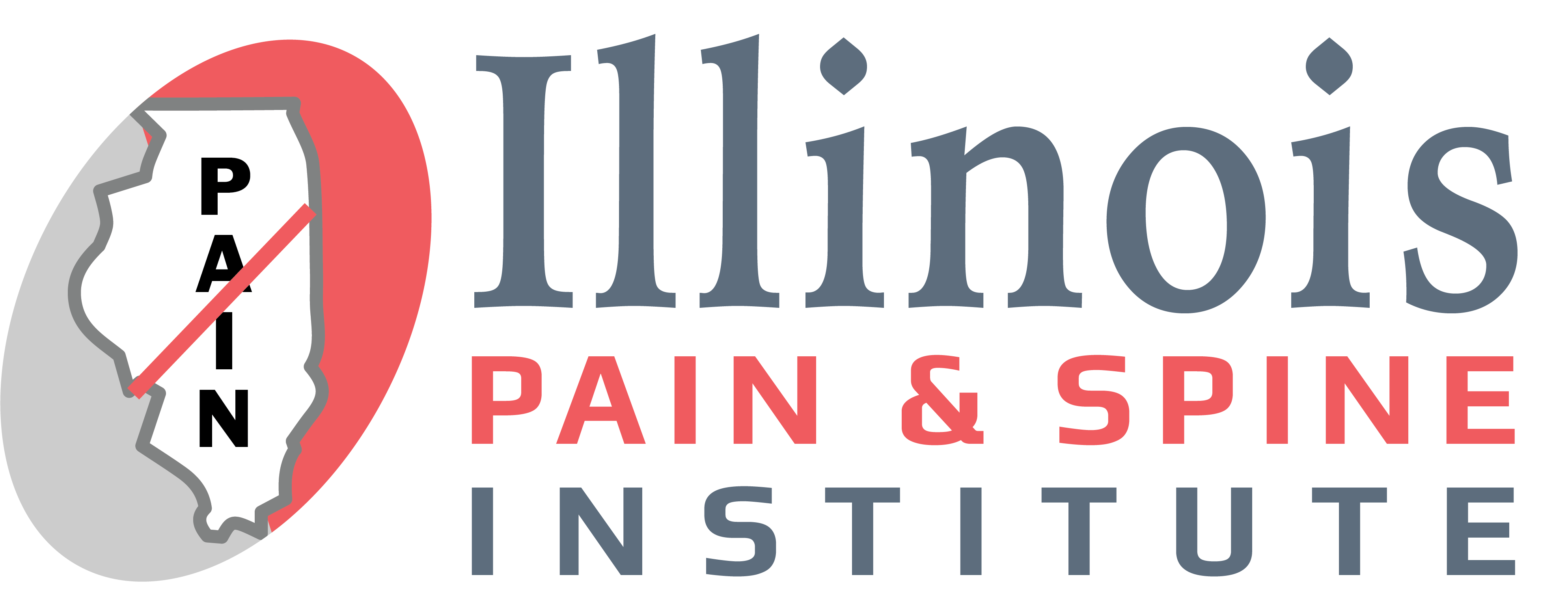07 Oct What Is A Nerve Root And Why Is It Important?
A nerve root is the first part of a nerve that extends directly from the central nervous system. There are two different kinds of nerve roots: cranial and spinal. Cranial nerve roots extend from the nerves closest to the brain stem. Spinal nerve roots extend from nerves leaving the spinal cord. These nerve roots carry signals from the brain to the rest of the body. Damage or compression to any of the nerve roots can cause pain or loss of function of various body parts.
Nerve roots are important because they allow the body to function properly. When nerve roots are healthy, we do not typically think about them. However, when they are damaged, it becomes evident the important role they play in our daily lives. To alleviate ailments caused by damaged nerve roots, nerve root blocks may be performed. Candidates for these procedures include patients who are experiencing pain or numbness in one or more of their extremities.
Nerve root blocks typically take 20 to 30 minutes to complete. A fluoroscope is used to place a special needle in the exiting nerve root, and anti-inflammatory medicine is injected into the nerve root. It is typically an outpatient procedure, and patients are generally able to walk within 1-2 hours following the procedure.
Pain and numbness can be caused for a wide variety of reasons. Selective nerve root blocks can act as a test to determine the cause of the pain. If a compressed nerve root is the cause of pain or numbness, nerve root blocks can alleviate that discomfort and eliminate the need for surgery.
Selective nerve root blocks can have side effects. These side effects include bleeding, numbness, infection, or nerve injury. For this reason, it is important to ensure the physician has a strong track record with this particular procedure. While side effects can occur, selective nerve root blocks provide a much safer alternative to spinal surgery. They allow a physician to narrow down where the pain is starting without having to perform exploratory surgery and thus, puts the patient at less risk.
Unfortunately, selective nerve root blocks are not successful in all patients, and only provide temporary relief in others. Nerve root blocks are most effective in patients who also participate in physical therapy to help strengthen the affected area. By relieving nerve compression through anti-inflammatory injections, or reducing the ability of the nerve to transmit pain signals, nerve root blocks can help provide some relief even if the result is not long-lasting.
Healthy nerve roots are essential to a fully functioning body. Patients who have problems with their nerve roots find themselves unable to complete normal daily tasks, or unable to live without pain. While more conservative treatments, such as physical therapy, should be used before selective nerve root blocks, they do provide a less invasive treatment opposed to surgery. Problems with the nerve roots can harm a person’s quality of life. Therefore, when experiencing pain or numbness in the extremities, it is important to seek help from a physician immediately.

